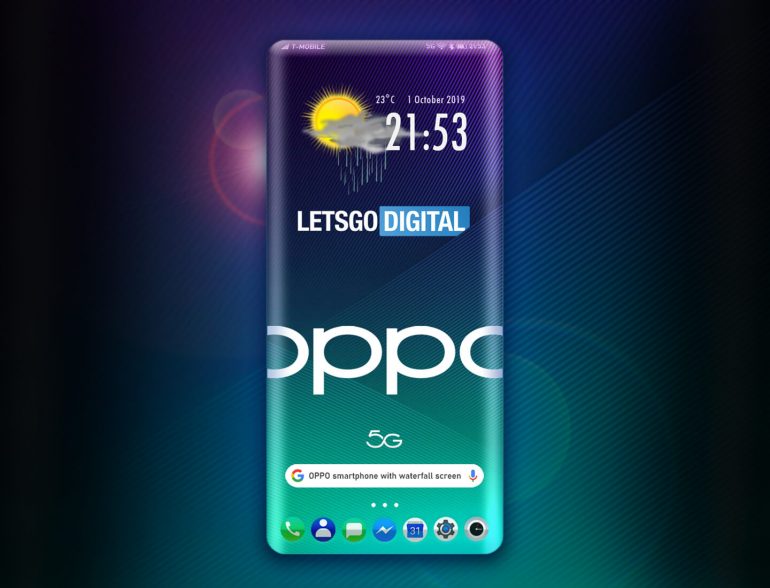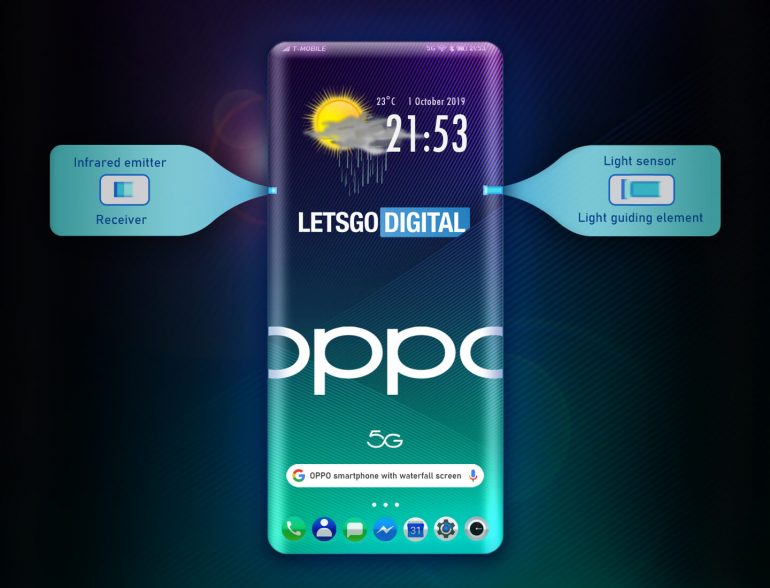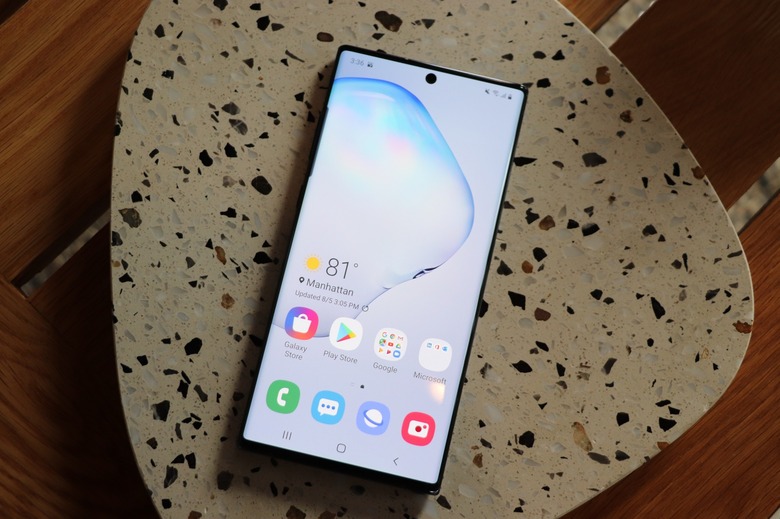Smartphones With True All-Screen Designs Might Be Closer Than We Thought
The smartphone design we all want is almost here, but handset vendors still have to iron out a few issues that prevent this perfect phone from existing. The phone we're describing is truly all-screen, not with the kind of compromises we have now. As it stands, we have to accept workarounds like the notch (iPhone X and many others), hole-punch displays (Galaxy Note 10), sliding cameras (OnePlus 7T Pro and others), waterfall displays (Xiaomi Mi Mix Alpha and Mate 30 Pro), and dual-screen designs (Nubia Z20), because there still are several elements on the front side of the screen that can't be hidden.
The selfie camera is really what these design compromises are all about, but there are also other components that need to be adapted, including 3D face unlock components on some devices, as well as light and proximity sensors on others. Smartphone makers, however, are already developing actual all-screen devices where the front cameras and sensors are hidden under the display.
One of the companies that already demoed a phone with an in-screen selfie camera is Oppo, a Chinese smartphone maker that has introduced a few additional innovations in the past few years, including even faster charging technology and the kind of optical zoom that's not available on many modern phones. It turns out that Oppo is now studying phones with four curved edges, as well as devices that incorporate light and proximity sensors inside glass-made edges rather than the top bezel.
Dutch blog LetsGoDigital discovered patents describing these technologies.

The image above shows a phone with curved side edges similar to what Samsung, Huawei, OnePlus, and Nokia have launched in recent years, with Samsung being the company that first brought dual-edge displays to smartphones. But the handset in the render also features curved edges at the top and bottom. This is one example of that perfect smartphone design, although it's unclear when such a device will be available to buyers.
A second Oppo patent describes a similar technology for a device with a flat display, but the screen doesn't curve around the edges and features an ultra-thin glass border that's able to allow light to shine through.

Light and infrared sensors would be placed on the sides of the device, as seen in the image above. The light sensor would be placed under the screen, with a light-conducting element delivering light to it. The sensor would then determine the brightness in the room and gradually adapt the lighting of the screen.
The infrared sensor, meanwhile, has the purpose of reading heat, which comes in handy for calls. The infrared sensor would replace the proximity sensor and would detect when the phone is held near the user's ear, and turn off the screen during calls. These technologies can be used both with OLED and Micro-LED screens, the report notes, with the latter having the right properties to support a "light-transmitting screen part."
As always, with patented inventions, there's no telling when these features will make it to commercial devices. There's no doubt about it, however, that Oppo does want to be at the forefront of mobile innovation, and the company might be among the first to launch a phone with an in-display camera.
